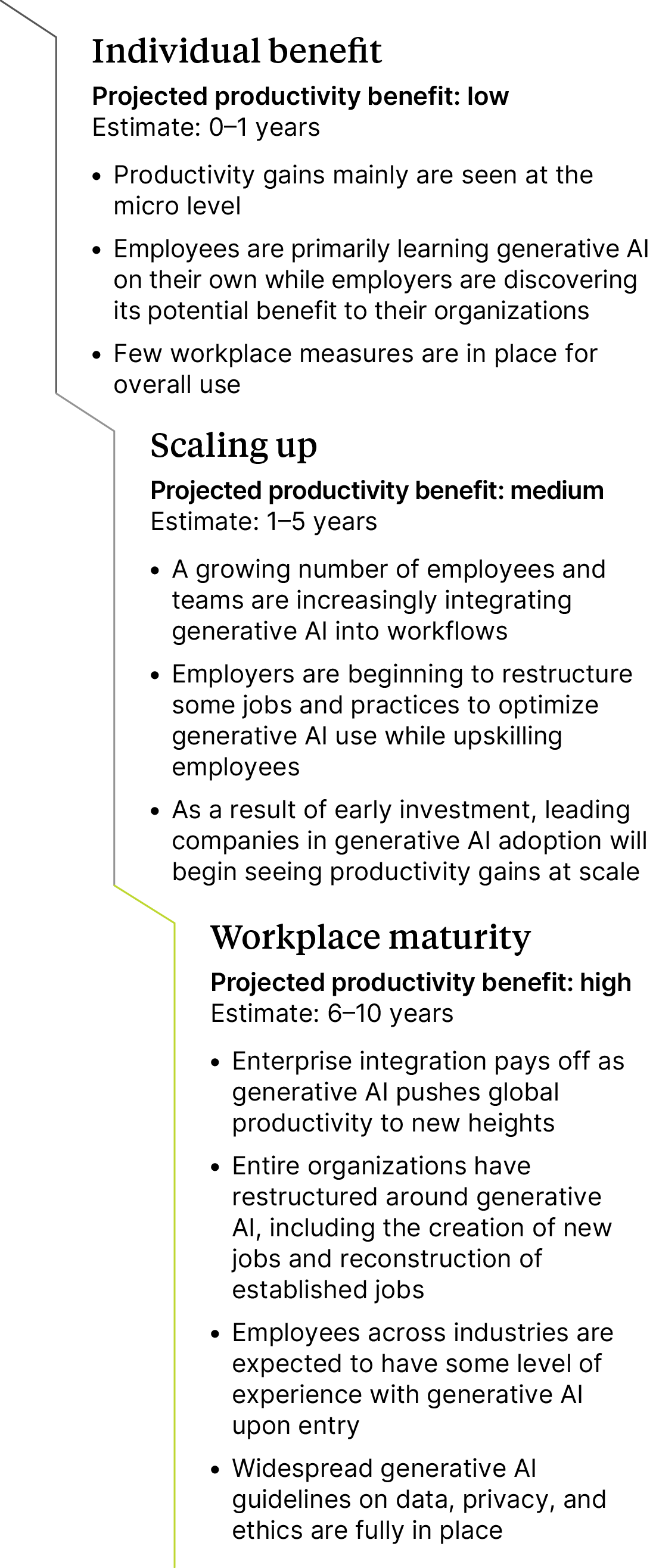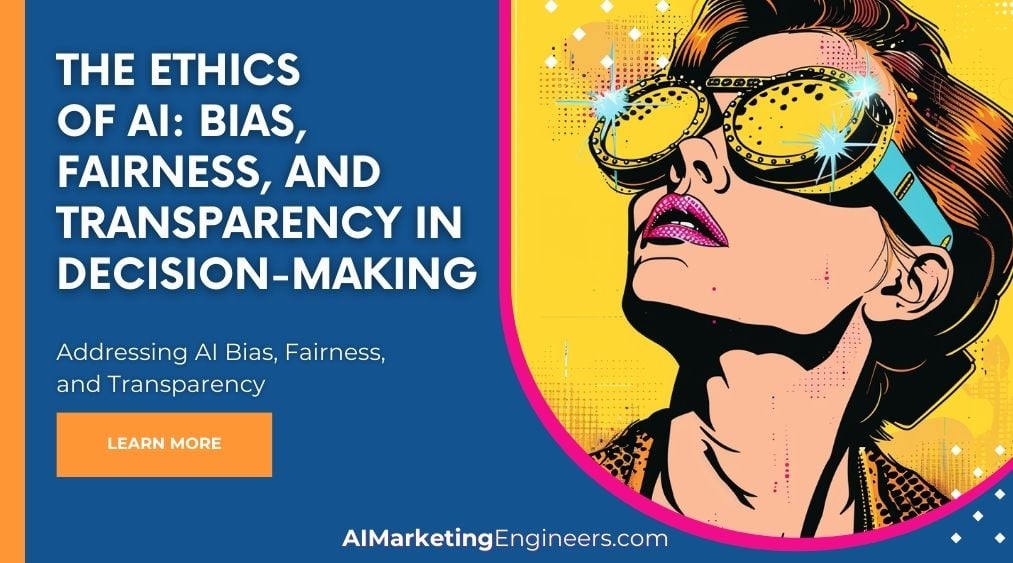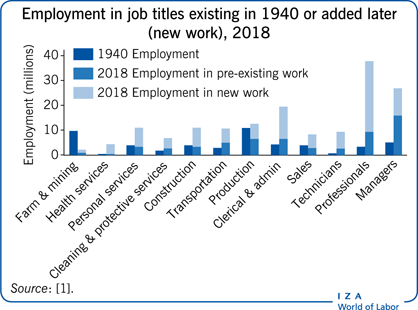There is a need for digital fluency, teaching employees how to use AI effectively
Dr. Deepa Nagarajan is a renowned OKR Consultant and Coach with more than 29 years of expertise in brand management, diversity management, and entrepreneurial development. In a recent email interaction with FYI9 News, Dr. Deepa shared insights on the benefits, challenges, and strategies of adopting Open AI technologies in a traditional workplace setting.
Benefits of Adopting Open AI in the Workplace
Generative AI brings transformative benefits to traditional workplaces by enhancing productivity, creativity, and efficiency. It automates repetitive tasks like data analysis and content creation, allowing employees to focus on strategic activities. AI tools also augment creativity, providing innovative solutions and design suggestions.

Personalized learning platforms and AI-driven support systems improve employee engagement and skill development. However, challenges such as resistance to change, upskilling needs, and ethical considerations like bias in AI models and data security must be addressed for successful integration.
Ensuring Transparency and Explainability in AI Decision-Making
Organizations can ensure transparency in AI decision-making by building trust and providing easy-to-understand explanations for AI decisions. Regular audits, sharing insights, and addressing concerns openly can enhance confidence among employees and customers.
The Ethics of AI: Bias, Fairness, and Transparency in Decision-Making

Transparency can be balanced with efficiency and innovation by setting clear boundaries on where transparency is necessary and allowing room for feedback and adaptation in decision-making processes.
The Role of Human Oversight in AI Decision-Making
Human oversight is crucial to ensure AI decisions align with real-world values. Organizations can design effective review processes by creating checkpoints for critical decisions where human validation of AI recommendations is essential. Empowering teams to flag questionable outcomes and provide feedback is also important to maintain accountability.
Leveraging AI Technologies for Business Innovation
Businesses can leverage AI technologies like chatbots and language models to streamline operations, improve efficiency, and gain a competitive edge. AI chatbots can handle customer queries, reduce response times, and provide personalized interactions. Language models assist with content creation, market analysis, and trend forecasting for faster decision-making.
IZA World of Labor - How is new technology changing job design?

Implementing Upskilling and Reskilling Programs for an AI-Driven Future
As skills evolve due to automation and AI technologies, organizations should focus on upskilling and reskilling programs that blend technical training with adaptability and critical thinking. Creating a culture of continuous learning through workshops and leadership programs can future-proof the workforce and ensure a smooth transition to an AI-driven future.
Mitigating the Impact of AI on the Workforce
To mitigate the impact of AI on the workforce, reskilling programs should focus on areas where human strengths are essential. Teaching digital fluency and effective use of AI tools in employee roles, along with workshops on critical thinking and collaboration, can prepare employees for the future. Transparent conversations about evolving roles can help employees adapt and view AI as an enabler rather than a disruptor.




















